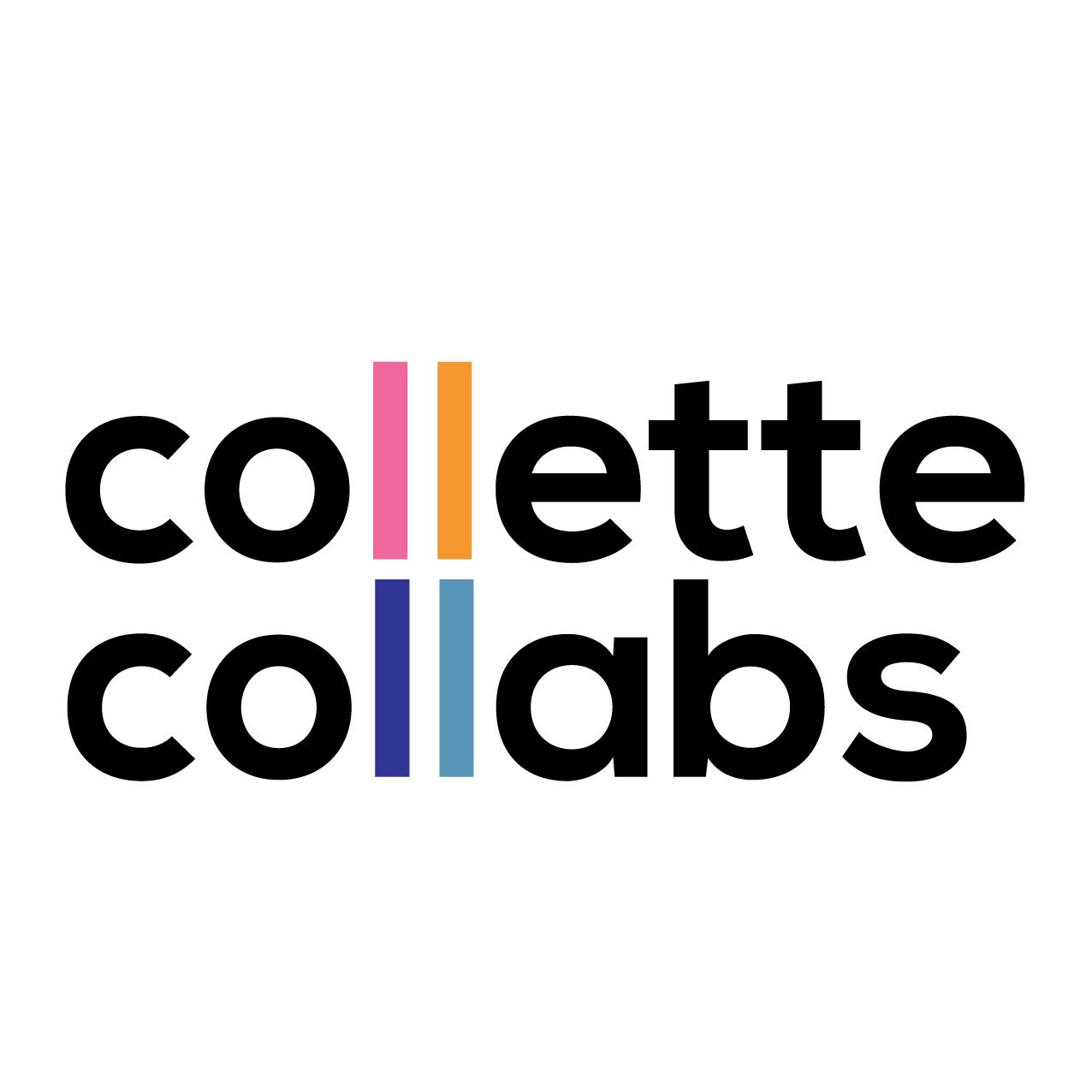How to Streamline Your Business Systems to Save 10+ Hours a Week
- Charisse Collette
- Jul 26
- 4 min read
Updated: Jul 30
In today's fast-paced business environment, staying efficient is crucial for success. Many entrepreneurs often feel bogged down by endless tasks, which distract them from focusing on growth strategies. By streamlining your business systems, you can reclaim at least 10 hours every week. This post will provide you with actionable steps to enhance your workflow and boost productivity.

Understand Your Current Processes
Before making adjustments, it's important to analyze your current business operations. This involves detailing how tasks are executed and pinpointing bottlenecks that drain your time.
Begin by creating a comprehensive list of all activities your business manages, from handling customer inquiries to tracking inventory. For example, a restaurant owner might find that processing online reservations and managing table allocations take up significant time.
Once your tasks are mapped out, evaluate which ones consume the most time and whether they align with your business goals. Engaging with your team can provide insights into inefficiencies you may not see yourself. Remember, awareness is the first step toward improvement.
Identify Time-Consuming Activities
After gaining clarity on your existing processes, focus on identifying the tasks that consume a large portion of your time.
Repetitive tasks, delayed approval processes, and underused tools often contribute to inefficiencies. For instance, if you frequently find yourself answering the same customer questions regarding services or products, it may indicate a need for an FAQ page or automated response emails.
Compile a list of these time-draining activities. A survey from Smartsheet found that 35% of workers feel overwhelmed by repetitive tasks. Identifying these areas can lead to effective solutions, whether through automation or better systems.
Leverage Automation Tools
Adopting automation tools can drastically cut down the time spent on repetitive actions.
Explore software tailored to your business needs. For example, a restaurant can use reservation management software to handle online bookings and automate confirmation emails. Accounting software can automate invoicing and expense tracking, saving up to 20 hours a month for small business owners.
Select tools that integrate well with your existing systems to minimize disruptions. Smooth transitions will help your team adjust without the stress of overhauling established procedures.
Standardize Procedures
Creating standardized procedures is essential for ensuring consistency and reducing training time for new hires.
Document the processes so all team members understand how to carry out tasks. Consider developing a Standard Operating Procedure (SOP) manual, which has proven effective in many organizations to standardize operations. Not only does this serve as a useful reference, but it can also reveal areas for further optimization.
Regular reviews and updates of these procedures are important to keep pace with changes in your business environment and industry standards.
Delegate and Empower Your Team
Instead of attempting to handle every task yourself, delegate responsibilities among your team members.
Recognize each team member's strengths when assigning tasks. For example, if one employee excels in social media, empower them to handle online marketing. This can lead to quicker execution and enhance job satisfaction. Research from Gallup shows that fully engaged employees can lead to a 21% increase in productivity.
Trust your team to handle their responsibilities. This will free you to concentrate on strategic initiatives that foster business growth.
Adopt the Right Technology
Selecting appropriate technologies can significantly streamline your business systems.
Evaluate the tools you're currently using to ensure they meet your needs. For instance, cloud-based platforms like Google Workspace or Microsoft 365 facilitate file sharing and collaboration, making information readily available and reducing delays caused by miscommunication.
By opting for integrated solutions, you can simplify your workflow and decrease the number of separate applications you rely on, thereby improving efficiency.
Monitor and Measure Results
After implementing your changes, continuously monitor and evaluate the impact of those modifications.
Utilize key performance indicators (KPIs) to track time savings and assess the effectiveness of new processes. For example, a company might track the average time taken to complete a project before and after adopting new project management software. Adjust your strategies based on these metrics, as regular assessments help maintain peak efficiency.
Create a Routine for Review
To prevent stagnation, establish a regular review routine for your processes.
Allocate a specific time each month or quarter to assess your workflows and identify areas needing improvement. This habit can keep you ahead of potential challenges, allowing you to continuously optimize your operations. Over time, this diligence will help your business remain adaptable and responsive to various demands.
Set Clear Goals
To effectively streamline your systems, set specific, measurable goals for what you want to achieve.
Utilizing KPIs can guide your success and align your team. When employees are aware of the objectives, they can work together towards improved efficiency. Ensure these goals are realistic and periodically reassess them to match your business growth and industry changes.
Embrace Continuous Improvement
Streamlining your business systems is not a one-time task. By systematically understanding your processes, pinpointing improvement areas, leveraging automation, and fostering an empowering culture, you can save significant time each week.
With the right strategies implemented, you can enhance productivity, allowing you and your team to focus on what truly matters—driving growth and innovation.
Commit today to explore these strategies and watch how they transform your business operations. Your work-life balance and overall effectiveness will show noticeable improvement.
The path to enhancement is ongoing, and as your business evolves, so must your systems. Welcome change and enjoy the benefits of working more smarter, not harder.





Comments